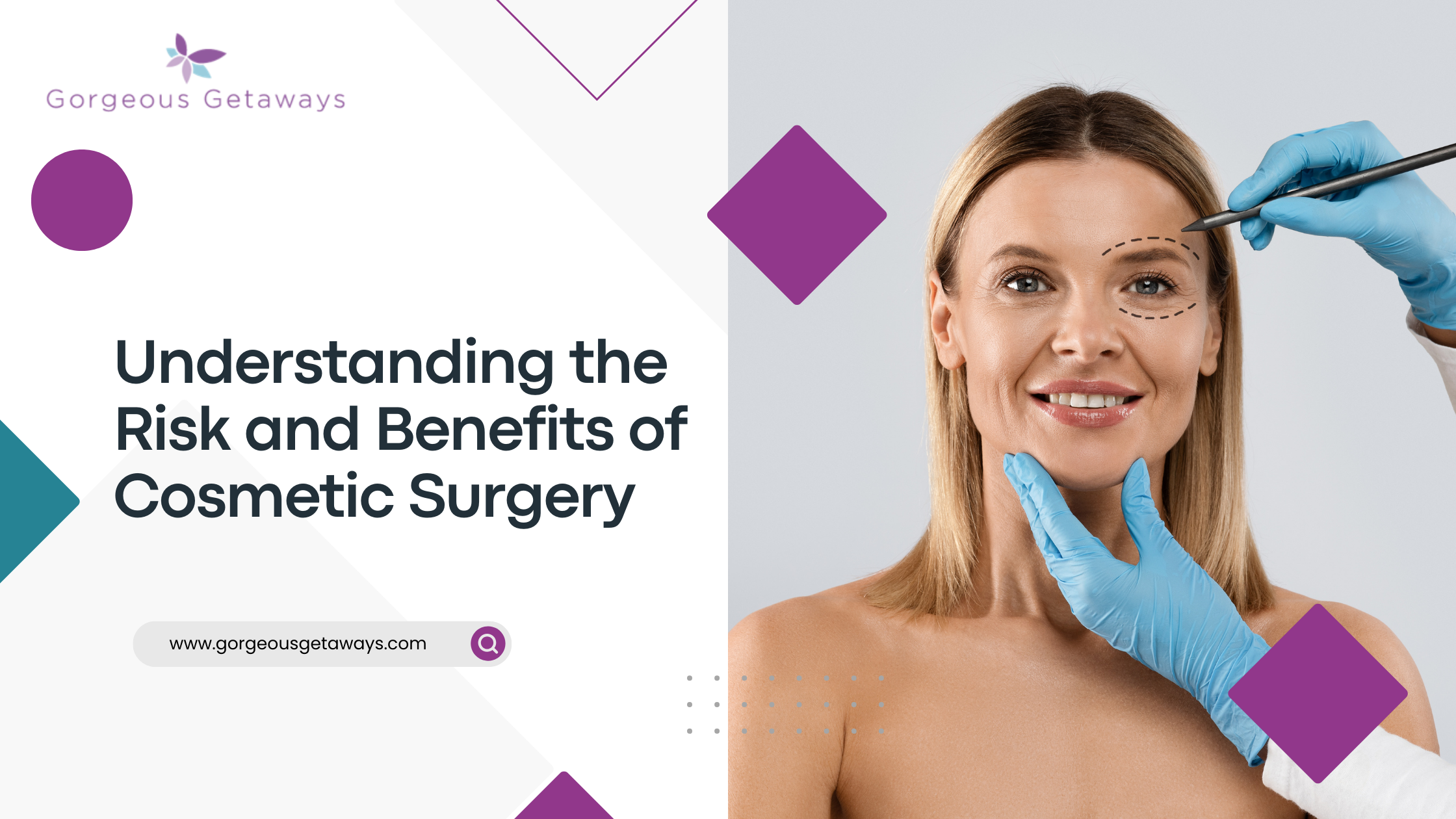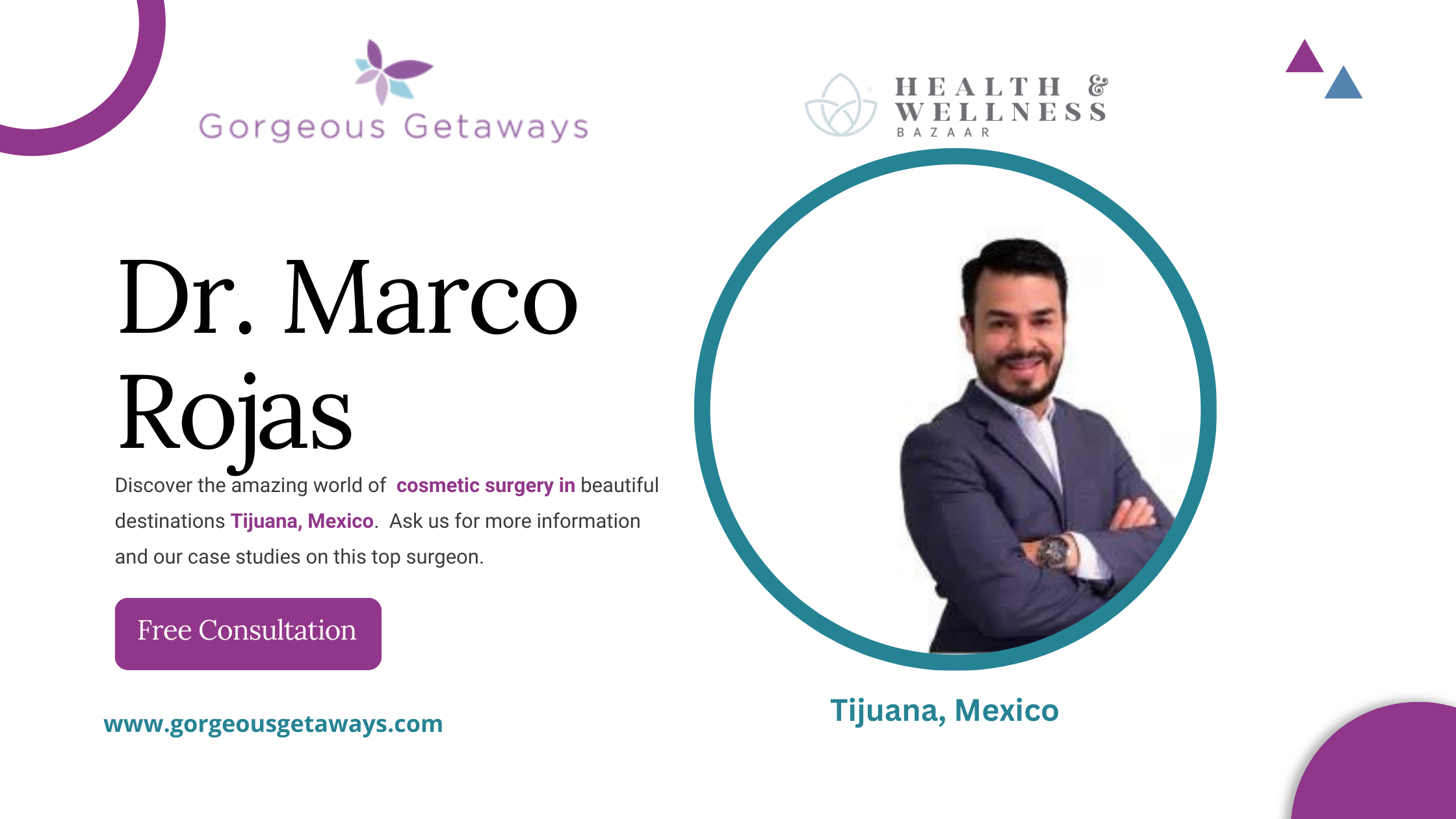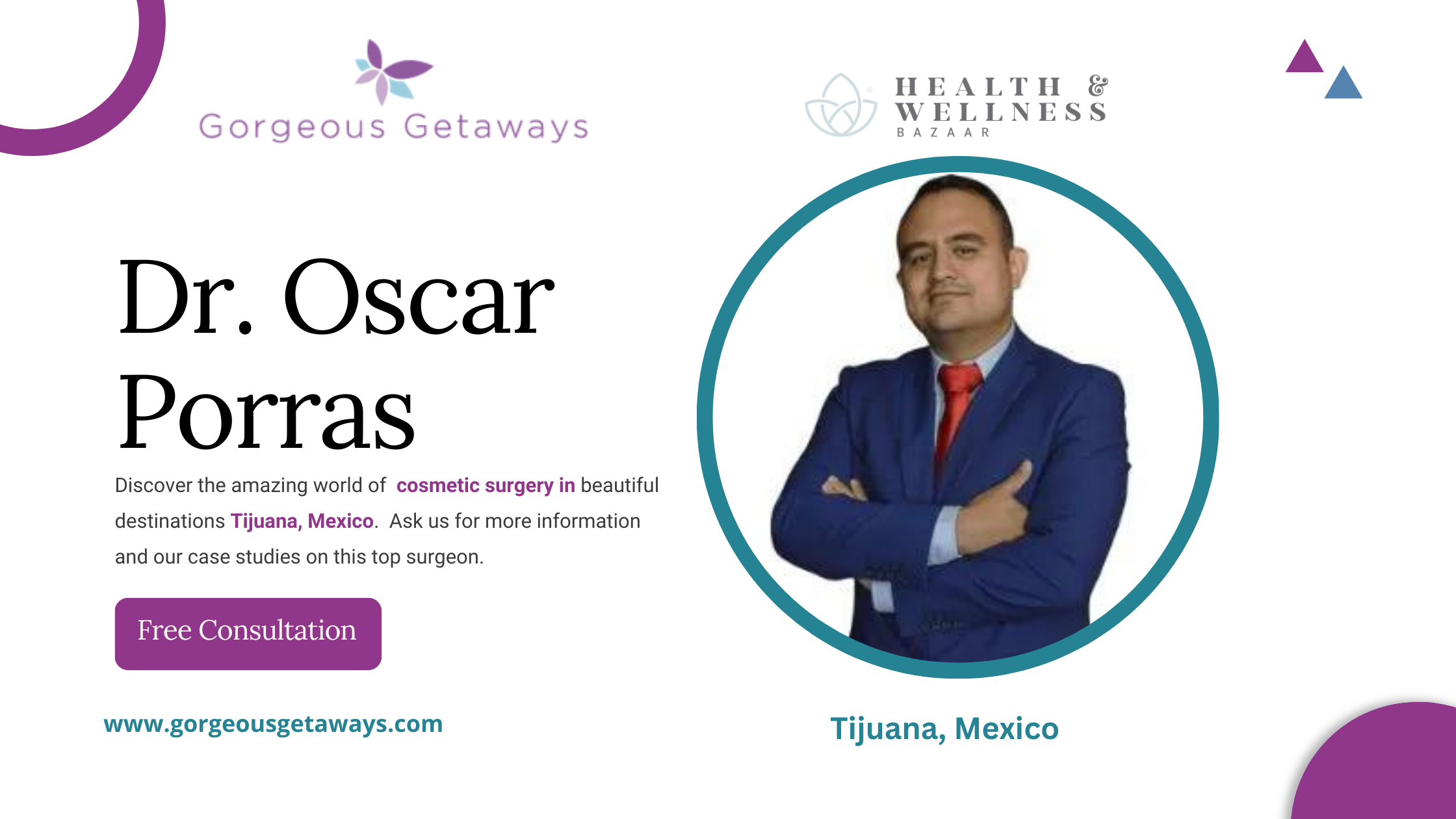
A Facelift (Rhytidectomy) restores a more youthful and refreshed appearance to your face. So whether you are looking for a second chance after all those years of sunbaking, or simply want to delay the ageing process, a facelift procedure may be your answer. With so many options and countless questions, here are the answers to some of the most common questions surrounding facelifts.
Am I an ideal candidate?
An ideal candidate for a Facelift procedure is someone with good facial skin elasticity and bone structure, deep wrinkles, loose skin and jowls. Candidates generally have a deep line, or fold, running from the corner of the nose to the corner of the mouth. You will also be in good psychical health, psychologically stable and a non-smoker.
If I have a facelift will I still look like me?
A facelift will not completely change the look of your face as the aim is for a natural, youthful look, which does not change the structure of your face. In fact, while the change may be significant to you, many people find that while family and friend notice there is something different they do not put it down to surgery.
Am I too old?
The average age for patients is 40-50 years old, but older patients have also had successful facelifts. It all depends on the excess skin you have on your skin and neck.
What can I expect with post-surgery pain?
You will be moving around in a couple of days, but it is recommended you relax for a week or so. After the surgery, you are likely to experience moderate swelling of the eyelids and other facial areas, which will be covered with a large dressing for a few days. It is likely that you will feel some discomfort after the surgery, but this can be managed with medications.
The swelling can last up to six weeks, however, within two weeks the swelling should have reduced enough for you to engage in some social activities. Many patients prefer to delays significant activities for four weeks after the surgery.
Will there be any scaring?
Scaring is a common result from procedures, but in a facelift the scaring is minimal. Any scars that you do have will be hidden in your hairline, jaw line and behind your ears.
When will I notice the results?
You will notice the rejuvenation and difference in your facial skin and muscle structure once the swelling subsides, however, you will notice the most significant difference several weeks after that.
How long do results last?
The results of your procedure are permanent, but not even a facelift can stop the hand of time and make you resistant to the ageing process. Of course, you will always look younger after having had a facelift no matter how you age.
When can I go in the sun after a facelift?
The sun should be avoided as much as possible after a facelift for several reasons, mainly because the sun speeds up the ageing process. The sun will damage your skin on a long-term basis, creating deeper lines and a more leathery appearance. Also, exposing your face to excessive sunlight soon after your procedure may cause hyperpigmentation or darkening of the healing scars. It may also cause increased swelling.
How can I ensure longer lasting results?
Besides limiting your contact with the sun, it is helpful to moisture regularly using dermatologist-approved skin treatments, and stay hydrated.
I am a male can I have a facelift?
Facelift procedures are not just for women, with many men opting for this procedure to look erase signs of ageing and look younger. The procedures are generally the same and both men and women can benefit from the same results.
GORGEOUS GETAWAYS offers packages in Thailand and Malaysia, with dedicated surgeons who follow their surgery with tightly directed follow-up care.
If you have any questions or would like to discuss treatment options, get in contact with our team who are more than happy to help you make the best choice for you.
Disclaimer: Every patient is an individual and therefore results will vary from patient to patient.









Leave A Comment